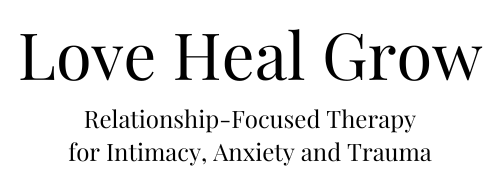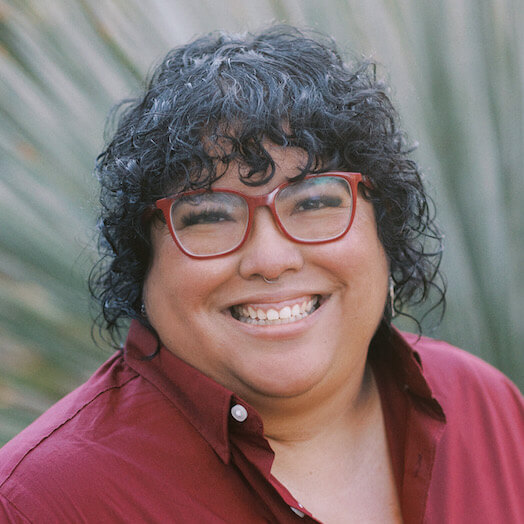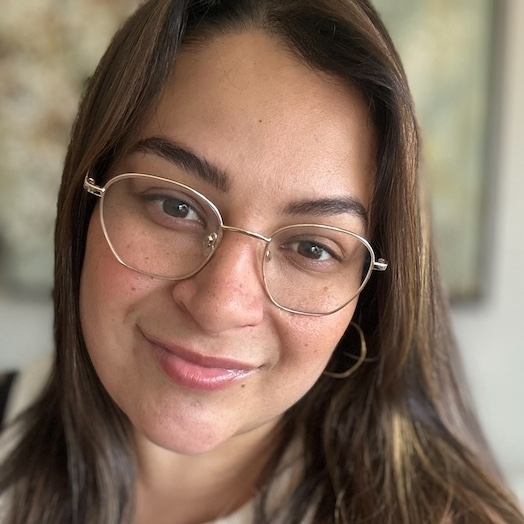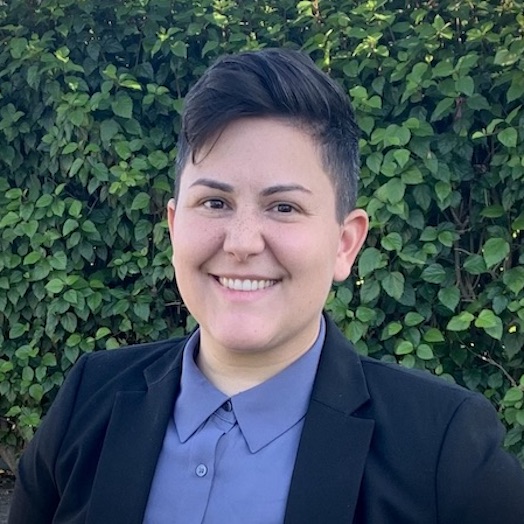
Many of us tend to think of ADHD as something that kids are diagnosed with and then grow out of. But that’s far from reality. ADHD, or attention-deficit/hyperactivity disorder, might have one of the most frustrating names and incorrect assumptions of any mental health condition. That’s because it’s named for the symptoms that cause classroom annoyance and not the symptoms the majority of ADHDers have to deal with. In fact, many folks with ADHD, particular girls and women, don’t have hyperactivity at all. Today, more and more adults are getting diagnosed with ADHD after a long, frustrating period of burnout, depression, and untreated mental health issues.
The good news is that having an ADHD diagnosis means that you can start doing something about it. ADHD is a challenge, but once you realize what the problem is, the solutions often start to fall into place. Here’s some of our best advice on coping with an ADHD diagnosis in adulthood.
Understanding ADHD
First, you need to understand what ADHD is– and what it isn’t. ADHD is a neurodevelopmental disorder characterized by persistent patterns of inattention, hyperactivity, and/or impulsivity that significantly impact functioning and development. It typically begins in childhood and can persist into adulthood. ADHD affects people across various aspects of life, including academic or work performance, relationships, and daily activities.
There are three main types of ADHD, each characterized by different patterns of symptoms: Inattentive type, hyperactive type, and combination type.
Inattentive Type
Individuals with this type of ADHD primarily struggle with inattention. They may have difficulty sustaining attention on tasks, often appear forgetful or easily distracted, and have trouble organizing tasks or activities. They may have issues with memory, especially memory regarding where they put things or what tasks they have to do next. Common symptoms include making frequent small mistakes, being forgetful in daily activities, frequently losing items, challenges focusing on uninteresting tasks, and being easily distracted by unrelated stimuli. Hyperactivity and impulsivity symptoms are less pronounced in this subtype, although they may still be present to some extent, especially impulsivity.
Hyperactive Type
The hyperactive type of ADHD is marked by symptoms of hyperactivity and impulsivity. It may manifest as having difficulty sitting still, frequently interrupting others, and acting impulsively without considering consequences. Common symptoms include fidgeting or squirming, talking excessively, and impatience. Inattention symptoms may also be present but are typically less severe compared to the predominantly inattentive presentation.
Combined Type
This type of ADHD involves a combination of both inattentive and hyperactive-impulsive symptoms. Individuals with this subtype exhibit significant challenges in both attention regulation and impulse control.Common symptoms include a mixture of inattention, hyperactivity, and impulsivity, often to a degree that significantly impacts functioning across various settings. This is the most common presentation of ADHD in children.
ADHD is not simply a short attention span or a question of manners. It is a complex neurodivergence that, in addition to the above symptoms, often comes with challenges related to impulse control and emotional regulation. ADHD is considered a disability under the ADA if it interferes with your ability to work, so it might be worth pursuing accommodations once you have a diagnosis.
The Challenge of Diagnosis
Getting diagnosed with ADHD as an adult isn’t always easy. It may take some time to find a mental health practitioner who can refer you to get diagnosed, and even with a referral, diagnosis can take quite some time. While you’re waiting for an official diagnosis, you don’t actually need one to start some of the therapeutic processes. Some therapy skills, like cognitive behavioral therapy (CBT) and dialectical behavioral therapy (DBT) can be really helpful for emotional regulation with ADHD, while other types of talk therapy can help you deal with the frustrations you may have. And while you do need a diagnosis to go on medication, not everybody who has ADHD uses medication as part of their treatment. If you suspect you have ADHD, talk to a mental health professional about coping skills, time management hacks, and other methods to tackle ADHD while you’re waiting on a full evaluation.
Emotional Whirlwinds
There’s no one right or wrong way to feel about an ADHD diagnosis. And in fact, it’s likely that you will feel several seemingly-conflicting emotions all at once.
In many situations, one of the primary feelings is that of relief. Finally, after all these years, you have an answer. You understand why you lose things, why you have memory issues, where the emotional control challenges come from.
But another feeling is often anger. Why didn’t anybody notice? Why didn’t the adults in your life realize something was wrong, and why didn’t they do anything about it? This is especially true for women, who are subjected to a host of stereotypes, gender role expectations, internalized symptoms, and bias that make it so much harder to get a diagnosis.
Sadness and regret for the things that ADHD has caused you to miss, joy in knowing that there’s a world of skills you can learn and use, excitement in finding a new community– all of these can be part of receiving an ADHD diagnosis as an adult.
Age-Appropriate Resources
If you have hyperactive-type ADHD, unfortunately many of the most easily available resources are for kids. But as an adult, the coping skills that schools teach seven-year-olds are going to be less effective for you. Your brain is more mature, and you need to be able to function at work and within your family with a different support structure than what a child typically deals with. Fortunately, the resources you need are out there; you just have to look for them. Your therapist can point you towards local and online resources that might help you; the following resources are a great place to start.
- ADDA: ADDA is the world’s largest organization dedicated exclusively to helping adults with ADHD to live better lives. They maintain a list of educational resources, host online support groups, and more.
- CHADD: Founded in 1987, CHADD offers educational resources and has a great guide to helping you navigate the workplace with ADHD.
- ADDitude: This online magazine and educational resource hosts study reports and hundreds of articles about coping strategies and treatment options.
- How To ADHD: A website and Youtube channel made by ADHD adults for ADHD adults. There are lots of good explanations about how the ADHD brain works and what you can do to make your life easier with ADHD.
Seek Mental Health Support
Many adults with ADHD have other mental health conditions, too. Depression can actually be related to a late diagnosis, due to the stress of struggling so long without any answers or discernable progress. (After all, if you don’t know what you’re trying to treat, it’s very hard to treat!) A therapist can help you practice coping skills and ways to deal with your ADHD. They can help you brainstorm ways to deal with some of the more immediately frustrating symptoms, while at the same time working on long-term goals to help you live the life you want. An ADHD diagnosis is the first step; working with a supportive therapist can help you create a roadmap for the rest of the journey.
If you think you’re struggling with ADHD as an adult, whether you have a diagnosis or not, reach out to the therapists here at Love Heal Grow. We can help you develop the skills you need for resilience!
























